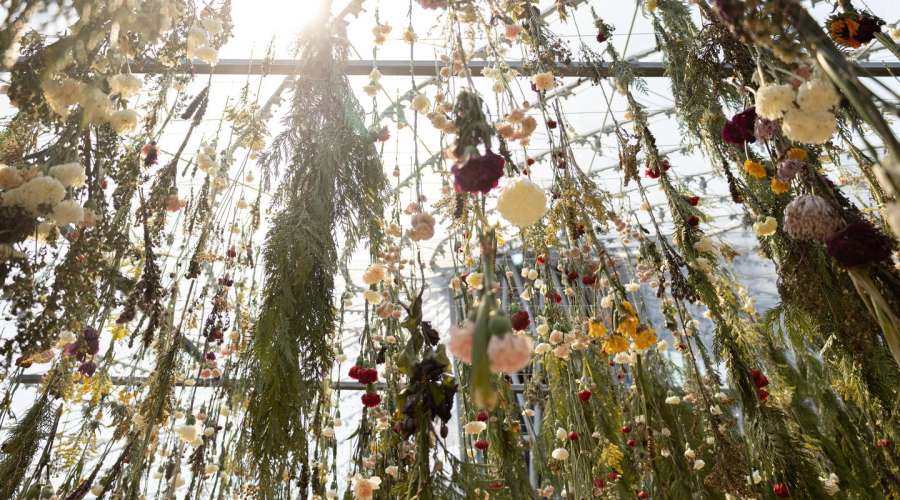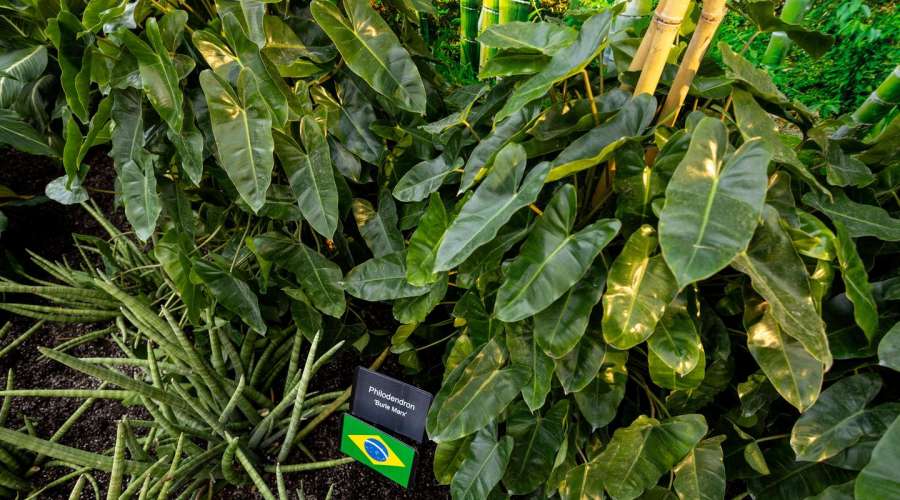The next time you’re enjoying a yummy s’more around a campfire, be sure to thank Althaea officinalis, the marshmallow plant! This perennial, currently growing in our Kitchen Garden at the Gardens at The Leaf, has many medicinal uses and was first used by the Ancient Egyptians!
Learn more below about this fascinating plant, including how it became to be a part of the marshmallows we enjoy today.
Basics: The Marshmallow Plant can grow to be over 6 feet fall on a system of interconnected branches. The roots can be thick, long and very tough and its flowers are lilac/pink in colour with triangle to oval-shaped leaves. They are in bloom during August and September and once the flowers have died off, they are replaced by a dry fruit called a schizocarp. Alethaea officinalis is also related to the hollyhock plant (which also grow in our Kitchen Garden) and they are pollinator-friendly!
Habitat: Alethaea officinalis is indigenous to Europe, Western Asia and North Africa, with preference to moist soil as it can be seen growing alongside riverbanks and marshes.
Using the Plant: The leaves, flowers and root of the marshmallow plant have been traditionally used as herbal medicine and were used to help relieve sore throats and throat ulcers! The roots can be cooked to create a candy and any part of the plant can be mixed with water to create an egg white substitute.
Its Ancient Past: The earliest documentation of the marshmallow plant goes back over 2000 years ago, where the Egyptians accidentally discovered that when you take the sap of the plant and mix it with egg whites, you get a fluffy texture. Over the centuries, this original discovery led the way to the creation of the marshmallows we know of today. Yum!





